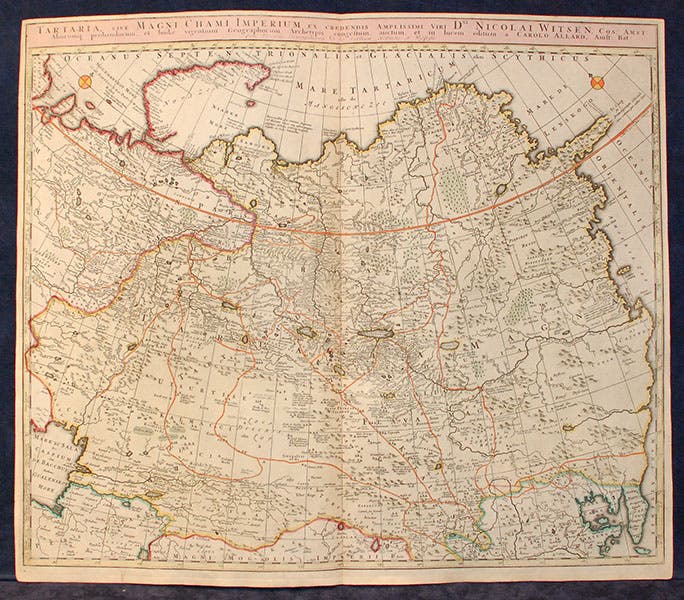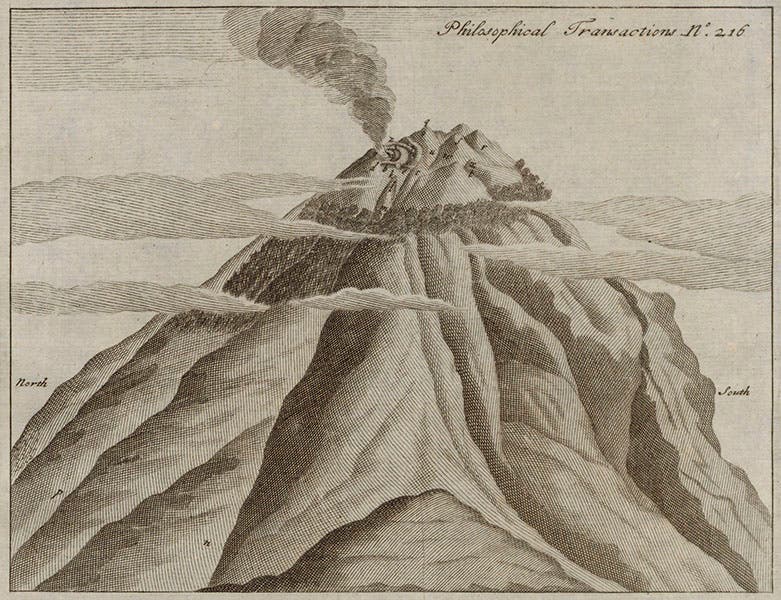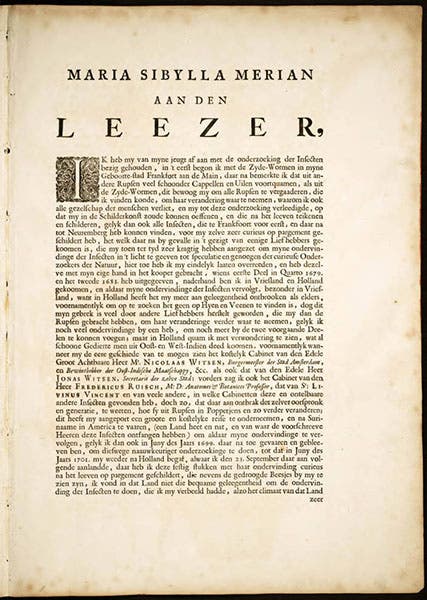Scientist of the Day - Nicolaas Witsen
Nicolaas Witsen, a Dutch naturalist, cartographer, and city father, was born May 8, 1641. Witsen is remembered as an important civic figure because he served as mayor of Amsterdam no less than 13 times, but he also travelled to Russia in the 1660s, constructed the first accurate western map of Russia and Tartary, wrote an important treatise on ship building, served as an officer in the VOC (the Dutch East India Company), urged the exploration of the area that would soon yield Australia, and amassed the first Western collection of Japaniana, consisting of some Japanese books, scrolls, and drawings of plants. He also coined the word "mammoth" around 1693 from a Russian word, mamout, used to describe frozen carcasses that were dug out of the Siberian tundra.
The map of Russia (1687; second image) is well known in cartographic circles, since it is very large (printed on 6 sheets), was quite accurate for its time, and is very scarce.
We have only one of Witsen's books in our Library, a later edition (1719) of his treatise on shipbuilding, but we have a number of letters that he wrote to the Royal Society of London and which were published in the Philosophical Transactions in the 1690s. Two of them concerned eruptions on the island of Ternate (the primary source of cloves in Renaissance trade) in the Moluccas, which Witsen heard about via his key position in the VOC. Both letters were written to Martin Lister and were published in 1695 (third image) and 1696. According to modern sources, the volcano Gamalama on Ternate did not erupt between 1687 and 1719, so apparently volcanologists have had paid sufficient attention to Witsen’s letter, since he expressly discusses the fiery events of 1693, and illustrates them as well (fourth image).
The third letter reports on a VOC voyage to the South Land (Western Australia). No drawings were enclosed of any of the strange animals (one with a bag hanging from its breast) about which Witsen reports.
Witsen had quite a collection of exotica in Amsterdam that he allowed invited citizens to explore. One of those invited was the future recorder of the plants and insects of Surinam (Dutch Guiana), Maria Sibylla Merian. In the “To the Reader” of her Metamorphosis (1705; fifth and sixth images), she mentions that she was inspired to make her own journey by a visit to Witsen’s Wunderkammer.
The portrait of Witsen (first image) is a chalk drawing by Michiel van Musscher (ca 1688) that is in the Royal Antiquarian Society in Amsterdam.
Dr. William B. Ashworth, Jr., Consultant for the History of Science, Linda Hall Library and Associate Professor, Department of History, University of Missouri-Kansas City. Comments or corrections are welcome; please direct to ashworthw@umkc.edu.











